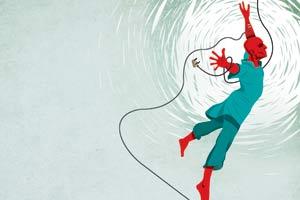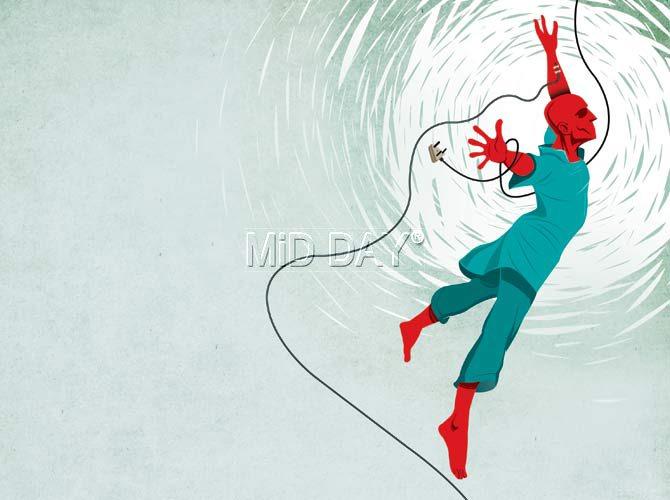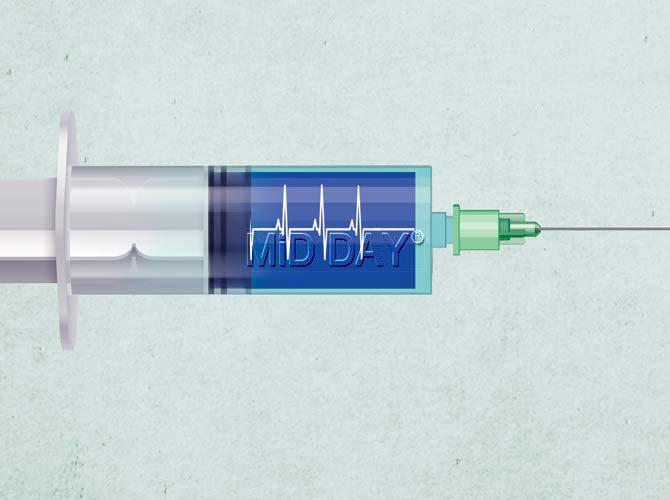SC's landmark passive euthanasia ruling has breathed new life into the debate around choosing to die with dignity, which, regardless of its slowly growing acceptance, remains largely controversial. This week, we break down the 'right to die'


Illustration/Ravi Jadhav
Administering a peaceful death
Active: A general practice for this type of euthanasia involves the individual first consenting to end their life through medical means. Following this, a medical practitioner administers a fatal dose of a drug to the patient. The person does not necessarily have to be suffering from an incurable or terminal illness to be able to pick this option.
ADVERTISEMENT
Passive: While active euthanasia involves usage of lethal drugs to end a person's life, when they may be in perfect health, passive euthanasia is performed in conditions where the individual is suffering from an incurable or terminal illness. It involves getting the patient's consent to stop the life-saving treatment they are currently undertaking.

Illustration/Ravi Jadhav
Physician-assisted: There is a third, distinct type of administering euthanasia. Unlike the other two, the physician does not administer the drug, instead they provide the required dosage of the medicine to the patient or individual, who can then consume it at their own will.
What is euthanasia?
The Oxford Dictionary defines euthanasia as 'The painless killing of a patient suffering from an incurable and painful disease or in an irreversible coma.' The word originated in the early 17th century from the Greek words 'eu' meaning 'well' and thanatos meaning 'death'. Euthanasia is broadly and colloquially categorised into active and passive.

Advance directive for Indians
The Supreme Court's ruling mentioned an 'advance directive' or 'living will' that has to be drawn up. This has to be voluntarily done by a healthy adult, who can also understand the consequences of their choice. The consent for it has to be delivered in writing. It ought to mention, according to the SC bench, "when medical treatment may be withdrawn or no specific medical treatment shall be given," in order to ease the suffering of the individual and give them a dignified death.
The in-betweeners
Physician assisted euthanasia is permitted in Germany, Switzerland, Japan and in the US states of Washington, Oregon, Colorado, Vermont, Montana, Washington DC and California.
In 2016, South Korea passed a 'well-dying' law allows terminally-ill patients to end their treatment. It was to take effect from February.
In December 2017, Italy also allowed living wills and gave the choice to refuse medical care, artificial nutrition and hydration.
In November 2017, Austra-lia's Victoria state became the first in the country to legalise assisted dying. Terminally-ill Victorians can obtain a lethal drug within 10 days of asking to die, after completing a three-step process, which also involves two medical assessments.
Two sides to choosing death
For euthanasia
>> If all individuals have the right to life, they have the right to die, too
>> It is a dignified way to end one’s life
>> Especially suitable for terminally ill patients or those suffering from an incurable disease
>> Death is a private matter and should not involve interference of the government or society if it does not harm anyone
Against euthanasia
>> It would not be exclusive to the terminally ill
>> The choice to die may not be as ‘voluntary’ for someone who has been pressured into it due to their financial, physical or psychological problems
>> It can lead to a ‘suicide contagion’, meaning it would inspire others to simply opt for death
>> It could become a way for governments to contain public healthcare costs
2002
The year the Netherlands became the first country to legalise euthanasia
37
Percentage of deaths caused by euthanasia in the Netherlands in 2015
5,500
No. of people who opted for assisted deaths in the Netherlands in 2015
0.4
Percentage of assisted deaths in Switzerland each year
132
No. of people who opted for physician assisted deaths in Oregon in 2015
4
Number of countries where euthanasia is legal
(Source: BBC and euthanasia.com)
Inputs by Rupsa Chakraborty
Catch up on all the latest Mumbai news, crime news, current affairs, and also a complete guide on Mumbai from food to things to do and events across the city here. Also download the new mid-day Android and iOS apps to get latest updates
 Subscribe today by clicking the link and stay updated with the latest news!" Click here!
Subscribe today by clicking the link and stay updated with the latest news!" Click here!







